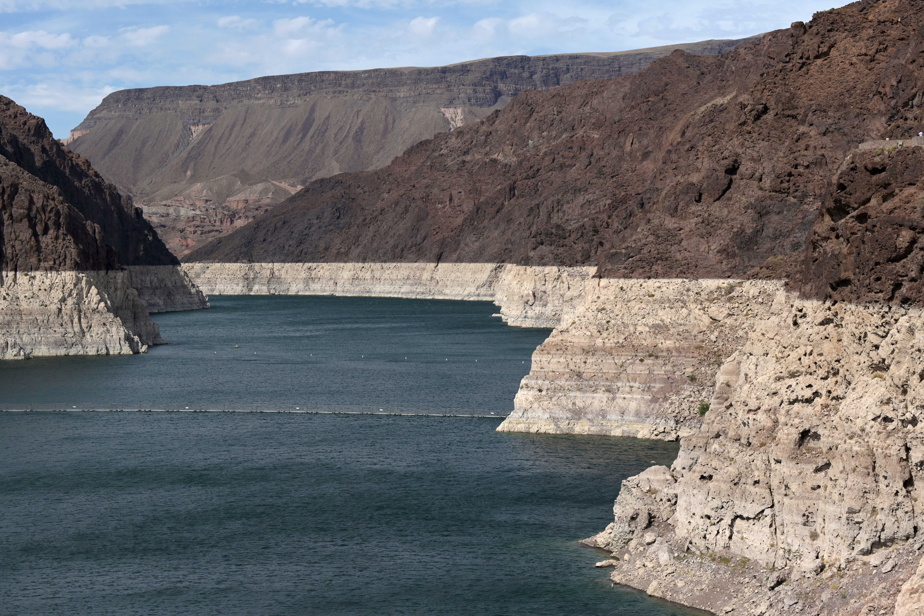(St. Louis) After the water level at a California dam fell to historically low levels this summer, its main hydroelectric power plant was shut down.
At the Hoover Dam in Nevada, one of the largest hydroelectric generators in the country, production is down 25%. If severe drought continues, federal officials say the dam in Arizona could stop producing electricity in the coming years.
Severe drought in the American West has drained reservoirs this year, reducing hydroelectric production and further straining the region’s power grids. As extreme weather conditions become increasingly common, grid operators are adjusting to fluctuations in hydropower production.
“The challenge is finding the right resource, or the right mix of resources, that can provide the same power and energy as hydropower,” said Lindsey Buckley, a spokeswoman for the California Energy Commission.
U.S. hydropower production is expected to decline 14% this year from 2020, according to recent federal projections. The expected declines are concentrated in the western states that are more dependent on hydropower. Production in California could be cut by nearly half.
Experts say the cuts complicate grid operations, because hydropower is a relatively flexible renewable energy source that can be easily scaled up or downgraded, such as in the evening when the sun goes down and solar production is declining.
Power grids in other surrounding areas provide some relief as well. While California can experience dry weather for several years, the Pacific Northwest typically receives enough rain in winter to restore hydroelectric power and generate it for export.
But this year, the Northwest has seen more heat and less rain, remembers Crystal Raymond, a climate change researcher at the University of Washington. NSI Raymond argues that long-term climate change could reduce the amounts of snow melt in the mountains that fill the reservoirs in the spring.
In August, California authorities shut down the Edward Hyatt hydropower plant for the first time in its 60-year history after water levels in Lake Oroville reached historic lows.
In Lake Powell, on the border between Arizona and Utah, federal officials recently said there is a 34% chance the Glen Canyon Dam won’t be able to generate electricity sometime in 2023, up from 3% next year, if the cap is. Persistent drought.
The decline in California’s hydropower production coincided with heat waves, forcing the state to purchase additional electricity. To avoid a blackout at the end of September, state officials said they are deploying temporary emergency generators.
In some northwestern states, hydropower production is back to near-normal levels after dropping below levels 10 years ago this year. Federal forecasts indicate that much of the West is expected to continue to experience drought conditions through the end of the year.
The decrease in hydropower production means increases in the production of other energy sources that emit more greenhouse gases, the source of climate change.
Natural gas use is expected to increase 7% in California and 6% in the Northwest this year compared to last year, according to federal projections. Coal production is expected to increase by 12% in the northwest.

“Extreme twitteraholic. Passionate travel nerd. Hardcore zombie trailblazer. Web fanatic. Evil bacon geek.”

